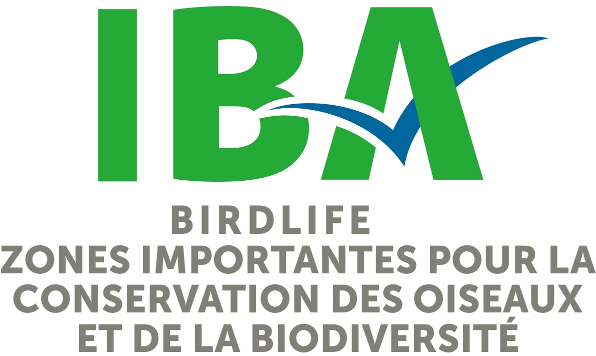Coats Island/Cape Pembroke (NU005)
Northern Hudson Bay, Nunavut
Description du site
Coats Island is located approximately 75 km southeast of Southampton Island in northern Hudson Bay. The majority of the island is low-lying and flat, with large areas of sedge tundra, tundra ponds, and raised beaches. The bedrock in this area is predominantly limestone. At the northeastern tip of the island, a small, elevated outcrop of Precambrian gneiss occurs at Cape Pembroke. The cliffs at the Cape rise to an elevation of 215 m above sea level, and provide nesting habitat for colonial seabirds.
Oiseaux
Two Thick-billed Murre colonies, are located on cliffs approximately 5 km west of Cape Pembroke. In 1990, the breeding population was estimated to be about 30,000 pairs (approximately 2% of the eastern Canada population). There is some evidence that the population at this colony has increased since 1972. In addition to the Thick-billed Murres, Black Guillemots, Peregrine Falcons (ssp. tundrius, nationally vulnerable), and Glaucous Gulls also nest in the immediate vicinity of the colony.
The sedge lowlands on the northern and western parts of Coats Island support several tundra-nesting species, including King Eiders, Sabine's gulls, Canada Geese, Purple Sandpipers and Pectoral Sandpipers. Although no density or population estimates have been completed, casual investigations suggest that the area contains significant populations of these species. Additional field research is needed.
Enjeux de conservation
There are several oil and gas leases in the marine areas adjacent to Coats Island, but currently there is no active exploration or extraction. One or two cruise ships visit the Cape Pembroke murre colony annually. Small numbers of tourists also arrive each year by boat from Coral Harbour. Inuit have lived on Coats Island in the past, but no permanent residents have been present since the 1970s.
The murre breeding cliffs are identified as a Key Migratory Bird Habitat Site in the NWT. In this respect, the Keewatin Land Use Plan recommends that the CWS consult with the community of Coral Harbour in an effort to identify the entire island as a National Wildlife Area. Consultations were undertaken in the early 1990's, but were put on hold due to lack of community interest in the initiative. The island is a mix of federal crown land and parcels of private land owned by the Inuit of Nunavut
IBA Criteria Habitats Land Uses Potential or Ongoing Threats Conservation Status

